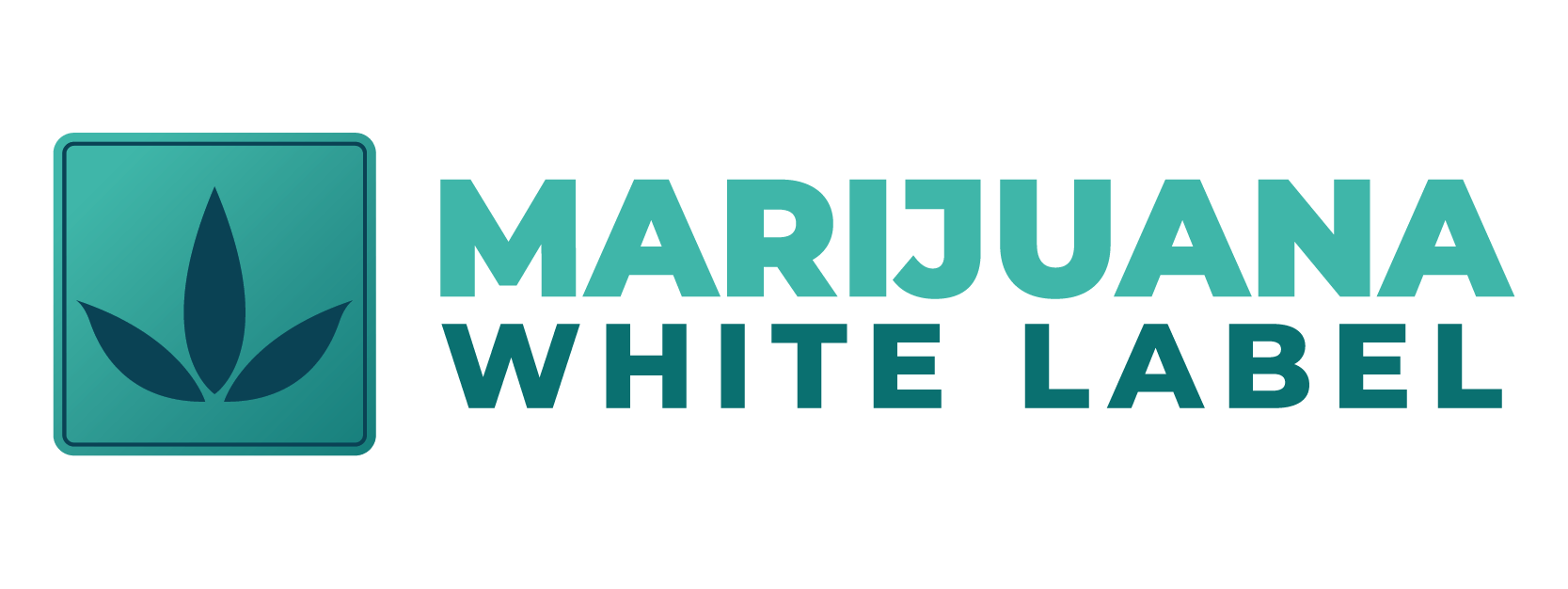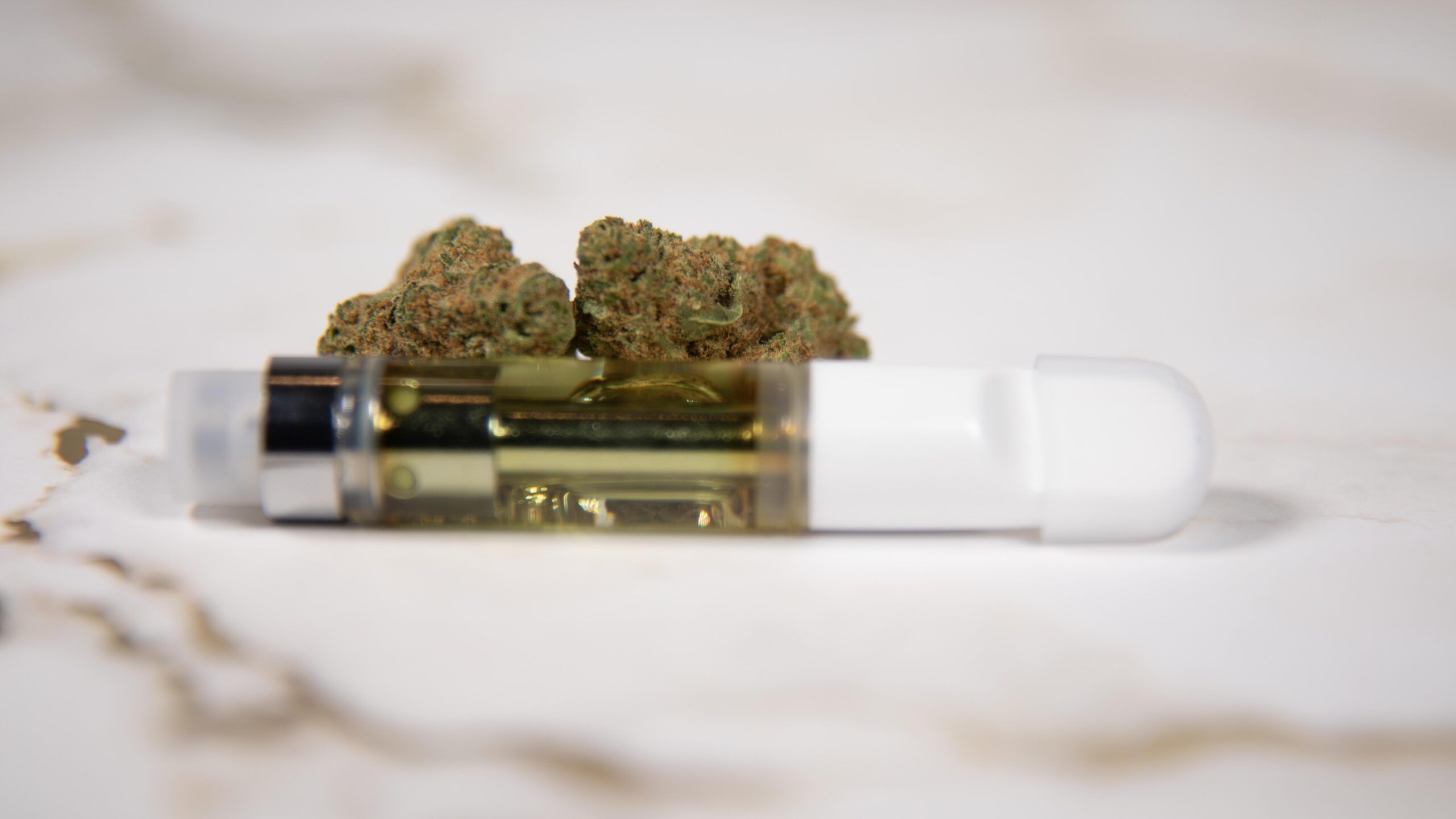White-label cannabis is maturing fast—and the next 18 months will reward brands and manufacturers that move quickly, comply tightly, and read the consumer right. Here’s what to watch, why it matters, and where the data points.
1. Beverages break out—beyond dispensaries
THC beverages are graduating from novelty to a bona fide growth engine, with momentum in both regulated dispensaries and the fast-moving hemp-derived channel. Analysts and trade press report a U.S. market already in the billion-dollar range, with alcohol distributors courting hemp-THC brands and mainstream retailers testing shelf space. That creates a perfect on-ramp for white-label formulators who can deliver consistent taste, rapid onset, and stable emulsions at scale. Expect more co-packing, “house” beverage lines, hospitality partnerships, and convenience-retail trials—alongside intensifying state scrutiny of intoxicating hemp drinks (labeling, age-gating, and THC limits).
2. Pre-rolls—and especially infused formats—keep stealing share
Convenience keeps winning. Pre-rolls have been the industry’s fastest riser, fueled by multipacks and potency-forward, infused SKUs. Headset notes growing spend toward “connoisseur/infused” segments, while trade coverage shows sustained double-digit growth and—north of the border—pre-rolls eclipsing flower altogether. For white-label partners, that means specialized filling, infusion, and automation capabilities will be in high demand, and brands will want turnkey flavor systems, consistent burn, and compliant potency profiling.
3. The compliance arms race: cGMP, testing rigor, and recall readiness
Regulatory heat is rising. Fragmented state testing rules continue to create operational risk for multistate brands; recent vape recalls (e.g., Michigan) show how quickly an ingredient or hardware issue can ripple through wholesale channels. White-label leaders will differentiate with audited supply chains, documented cGMP/ISO programs, validated methods, and proactive vendor management (hardware, excipients, packaging inks/adhesives). Expect tighter QA/QC clauses in master service agreements and more clients asking for third-party certifications and mock-recall performance.
4. Price compression forces portfolio math—fueling private/white-label mixes
Wholesale pricing data show ongoing compression in core categories across many markets, pushing operators to protect margin with private-label SKUs and targeted regional lines. LeafLink’s 2025 pricing guide—built on billions in transactions—highlights how operators are using price architecture (good/better/best) and pack sizing to hold dollar share. Expect retailers and MSOs to scale “house” programs where they control COGS and promo levers, while independent brands deploy white-label to launch fast, test formats cheaply, and retire losers quickly. Macro outlooks from Whitney Economics reinforce the need for disciplined unit economics as capital tightens.
5. Rescheduling watch: preparing for a post-280E world
The federal rescheduling process remains in play. DOJ’s proposed move to Schedule III would not legalize adult use, but it could relieve 280E tax pressure—freeing cash flow for innovation and contract manufacturing. Savvy brands are drafting “trigger” plans now: expand SKUs, pre-negotiate capacity, and line up capital to scale once margins improve. Until the rule is final, plan for both scenarios.
6. Format over brand: portfolios tuned to missions and occasions
Fresh data suggests consumers are often more loyal to product types (pre-rolls, vapes, fast-acting gummies, sessionable beverages) than to individual brands. That favors white-label strategies that let companies chase missions—sleep, social, recovery—across multiple formats and price tiers, while tailoring terpene systems and minor-cannabinoid blends to each occasion. Watch for “platform recipes” shared across brand families, seasonal drops enabled by agile contract lines, and retailer collaborations that swap brand romance for reliable effects.
What winning white-label playbooks include
- Speed with guardrails: Pre-qualified ingredients, hardware, and artwork pipelines so SKUs can ship without compliance surprises. Tie forecasting to retailer promo calendars.
- Category-specific excellence: Beverage emulsion IP, pre-roll infusion repeatability, and vape heavy-metals diligence will separate partners.
- Pricing intelligence: Use wholesale benchmarks to set floors/ceilings by market, then right-size package counts and potency to hit target out-the-door prices.
- Scenario planning for policy: Model capacity, cash needs, and marketing triggers for both status quo and Schedule III outcomes.
If 2024–2025 was about survival and focus, 2026 looks like disciplined expansion—especially for teams that combine consumer-first portfolios with bulletproof compliance and nimble manufacturing partners.

